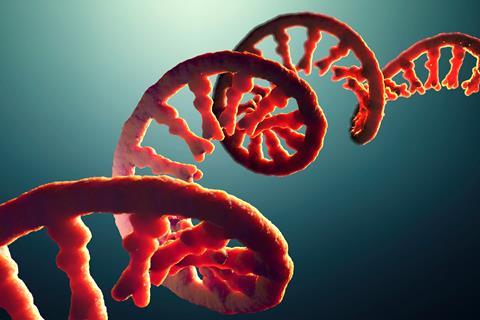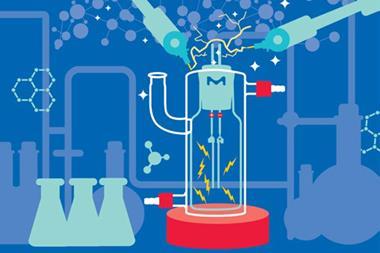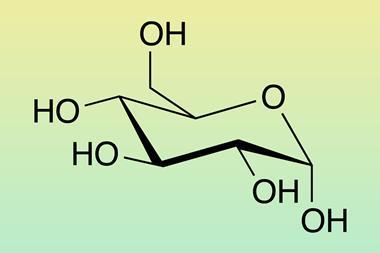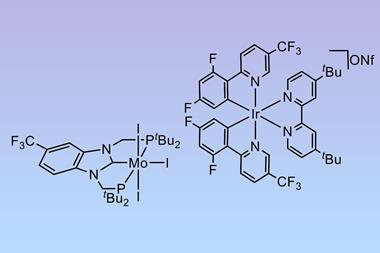A new hydrophobic tag enables the high-purity production of a key intermediate in the chemical synthesis of capped mRNA and circular RNA. These RNAs are used in research and therapeutics such as mRNA vaccines and are normally expensive to make because of the way they are produced.

RNA for therapeutic purposes is typically synthesised enzymatically via in vitro transcription or, more recently, using chemical synthesis. The latter allows for the introduction of precise chemical modifications to enhance translational activity, is more easily scalable and is faster than enzymatic methods. ‘In order to produce mRNA through transcription, it would take more than a month to synthesise the template DNA,’ explains Hiroshi Abe of Nagoya University, Japan, who led the work. ‘On the other hand, the chemical synthesis method for mRNA can significantly reduce production time by skipping the synthesis of the DNA template.’ Both RNA synthesis methods produce 5’-monophosphate, the in demand intermediate to make mRNA, but also 5’-triphosphate RNA that is difficult to separate out and impedes further reactions.
The team developed a phosphorylation reagent bearing a hydrophobic tag to simplify the RNA purification process. After screening several candidates, the team determined that a nitrobenzyl derivative with a tert-butyl group at the benzyl position changed the chemical properties of the RNA to allow for simpler separation of 5’-monophosphorylated RNA from 5’-triphosphorylated species. The tag can then be removed by brief exposure to UV light, or through reductive conditions. Simplifying this separation process removes one significant barrier still holding back chemical synthesis of mRNA.

‘It is easy to imagine the principle of purification using hydrophobic tags,’ explains Abe. ‘However, RNA is an unstable substance. If the hydrophobic tag can only be deprotected by acid or base, it will be difficult to apply it to RNA synthesis. The important thing here is that we have developed a hydrophobic tag that can be deprotected by mild conditions, such as light irradiation.’
Using the tag, they performed the complete chemical synthesis of an mRNA expressing the HiBiT protein by synthesising a 68-nucleotide oligomer, removing the tag and chemically capping it. The scientists found that while a HiBiT-mRNA synthesised using conventional transcriptional methods showed unwanted diversity in the length of its tail, their chemically synthesised mRNA did not.
The scientists also showed that their tag could be used to make long-chain RNA via transcriptional methods, simply separating off the target RNA from the superfluous one.
‘Hypothetically and hopefully, [chemically synthesised RNA] can be really useful in various ways,’ explains Saber Imani of Zhejiang University, China. ‘It can help make vaccines quickly for personalised cancer treatments using specific short and small antigens. It’s also great for temporarily replacing faulty genes in gene therapy and producing proteins that people might be missing due to genetic disorders.’ He does, however, note that more in vivo data is necessary to fully understand its implications and applications. ‘Adding any tag – whether chemical, natural, hydrophobic or hydrophilic – to mRNA can increase complexity and may raise safety concerns or impact immune responses … it is essential to carefully consider the safety and effects of any tag on the translational machinery.’
Abe believes that chemically synthesised RNA holds tremendous promise and that the new phosphorylation reagent will quickly find widespread use. He has already been contacted by a reagent company looking to sell it commercially and plans to pursue automated technology for the complete chemical synthesis of mRNA.
References
M Ototake et al, Nucleic Acids Res., 2024, DOI: 10.1093/nar/gkae847

















No comments yet